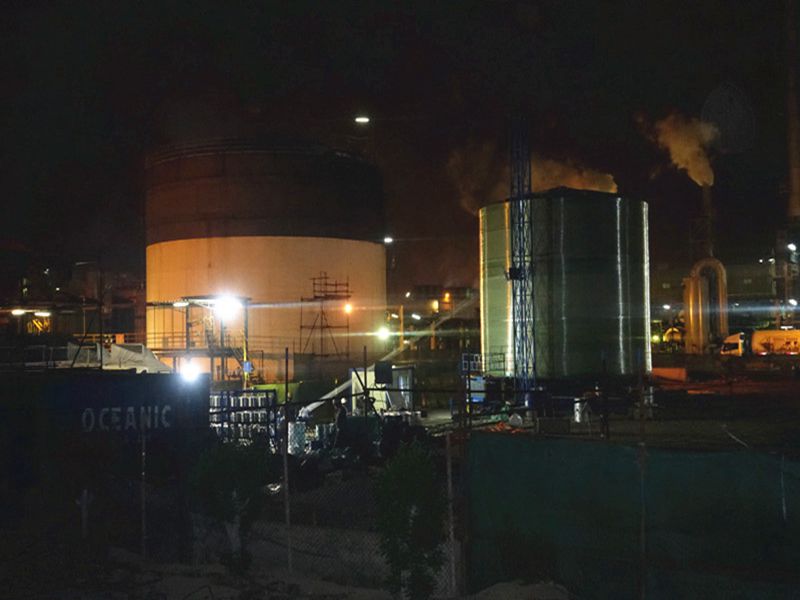
-
 Afrikaans
Afrikaans -
 Albanian
Albanian -
 Amharic
Amharic -
 Arabic
Arabic -
 Armenian
Armenian -
 Azerbaijani
Azerbaijani -
 Basque
Basque -
 Belarusian
Belarusian -
 Bengali
Bengali -
 Bosnian
Bosnian -
 Bulgarian
Bulgarian -
 Catalan
Catalan -
 Cebuano
Cebuano -
 China
China -
 China (Taiwan)
China (Taiwan) -
 Corsican
Corsican -
 Croatian
Croatian -
 Czech
Czech -
 Danish
Danish -
 Dutch
Dutch -
 English
English -
 Esperanto
Esperanto -
 Estonian
Estonian -
 Finnish
Finnish -
 French
French -
 Frisian
Frisian -
 Galician
Galician -
 Georgian
Georgian -
 German
German -
 Greek
Greek -
 Gujarati
Gujarati -
 Haitian Creole
Haitian Creole -
 hausa
hausa -
 hawaiian
hawaiian -
 Hebrew
Hebrew -
 Hindi
Hindi -
 Miao
Miao -
 Hungarian
Hungarian -
 Icelandic
Icelandic -
 igbo
igbo -
 Indonesian
Indonesian -
 irish
irish -
 Italian
Italian -
 Japanese
Japanese -
 Javanese
Javanese -
 Kannada
Kannada -
 kazakh
kazakh -
 Khmer
Khmer -
 Rwandese
Rwandese -
 Korean
Korean -
 Kurdish
Kurdish -
 Kyrgyz
Kyrgyz -
 Lao
Lao -
 Latin
Latin -
 Latvian
Latvian -
 Lithuanian
Lithuanian -
 Luxembourgish
Luxembourgish -
 Macedonian
Macedonian -
 Malgashi
Malgashi -
 Malay
Malay -
 Malayalam
Malayalam -
 Maltese
Maltese -
 Maori
Maori -
 Marathi
Marathi -
 Mongolian
Mongolian -
 Myanmar
Myanmar -
 Nepali
Nepali -
 Norwegian
Norwegian -
 Norwegian
Norwegian -
 Occitan
Occitan -
 Pashto
Pashto -
 Persian
Persian -
 Polish
Polish -
 Portuguese
Portuguese -
 Punjabi
Punjabi -
 Romanian
Romanian -
 Russian
Russian -
 Samoan
Samoan -
 Scottish Gaelic
Scottish Gaelic -
 Serbian
Serbian -
 Sesotho
Sesotho -
 Shona
Shona -
 Sindhi
Sindhi -
 Sinhala
Sinhala -
 Slovak
Slovak -
 Slovenian
Slovenian -
 Somali
Somali -
 Spanish
Spanish -
 Sundanese
Sundanese -
 Swahili
Swahili -
 Swedish
Swedish -
 Tagalog
Tagalog -
 Tajik
Tajik -
 Tamil
Tamil -
 Tatar
Tatar -
 Telugu
Telugu -
 Thai
Thai -
 Turkish
Turkish -
 Turkmen
Turkmen -
 Ukrainian
Ukrainian -
 Urdu
Urdu -
 Uighur
Uighur -
 Uzbek
Uzbek -
 Vietnamese
Vietnamese -
 Welsh
Welsh -
 Bantu
Bantu -
 Yiddish
Yiddish -
 Yoruba
Yoruba -
 Zulu
Zulu
fiberglass clarifier
Understanding Fiberglass Clarifiers An Overview of Their Importance and Functionality
In the modern context of wastewater treatment and industrial processes, fiberglass clarifiers have emerged as vital components in ensuring efficient separation and purification of liquids. As the world increasingly focuses on sustainable practices and pollution control, the role of clarifiers becomes even more critical. This article explores the significance, functionality, and advantages of fiberglass clarifiers in various applications.
What is a Fiberglass Clarifier?
A fiberglass clarifier is a type of sedimentation tank made primarily of fiberglass-reinforced plastic. It is designed to separate solid particles from liquids through sedimentation, which is the process where suspended solids settle under the influence of gravity. These systems are extensively used in industries like wastewater treatment, mining, food processing, and chemical manufacturing.
The design of fiberglass clarifiers typically involves a large tank that allows waste liquid to enter and flow through, providing adequate time for solids to settle at the bottom. The clear liquid on top can then be siphoned off or collected for further treatment or discharge.
Advantages of Fiberglass Clarifiers
1. Corrosion Resistance One of the standout features of fiberglass clarifiers is their resistance to corrosion. Unlike traditional materials like steel or concrete, fiberglass does not rust or corrode, making it ideal for environments where chemical exposure is a concern. This durability translates to lower maintenance costs and a longer lifespan.
2. Lightweight and Easy Installation Fiberglass is significantly lighter than concrete or steel. This characteristic not only simplifies transportation but also reduces installation costs. The lighter weight allows for more flexible installation options and can often lead to a quicker setup.
3. Cost-Effectiveness While the initial investment in fiberglass clarifiers may be higher than conventional materials, the long-term savings due to their durability, low maintenance needs, and efficiency often make them a more cost-effective choice over time.
fiberglass clarifier

4. High Customizability Fiberglass clarifiers can be molded into various shapes and sizes, allowing for tailored solutions based on specific needs. This customization is particularly beneficial in industries with unique operational requirements or spatial constraints.
5. Efficiency in Solids Removal Fiberglass clarifiers are effective in facilitating the separation of solids from liquids, ensuring that the effluent water meets environmental regulations. This effectiveness is crucial for protecting water bodies from contamination and ensuring public health.
6. Temperature Resilience They typically exhibit good performance in varying temperature conditions, which is advantageous for industrial applications where temperature fluctuations might be significant.
Applications of Fiberglass Clarifiers
Fiberglass clarifiers are utilized in a variety of settings, including
- Municipal Wastewater Treatment They are commonly used to treat sewage and industrial wastewater, ensuring that harmful substances are effectively removed before the water is released back into the environment. - Industrial Processes In chemical and food processing industries, fiberglass clarifiers play a crucial role in separating by-products and ensuring that the primary liquid product remains uncontaminated. - Mining Operations In mineral processing, clarifiers help in the separation of useful minerals from slurry, improving the efficiency of the operation and reducing waste.
Conclusion
Fiberglass clarifiers represent a significant advancement in the realm of liquid-solid separation technologies. Their inherent advantages, combined with their versatility across various industries, make them an excellent choice for organizations aiming to enhance their operational efficiency while adhering to environmental standards. As industries continue to evolve, the reliance on efficient and sustainable technologies like fiberglass clarifiers will undoubtedly grow, illustrating the importance of innovation in addressing contemporary environmental challenges.
Latest news
-
Exploring the Benefits of Top Hammer Drifter Rods for Enhanced Drilling PerformanceNewsJun.10,2025
-
High-Precision Fiberglass Winding Machine for GRP/FRP Pipe Production – Reliable & Efficient SolutionsNewsJun.10,2025
-
FRP Pipes & Fittings for Shipbuilding - Corrosion-Resistant & LightweightNewsJun.09,2025
-
Premium FRP Flooring Solutions Durable & Slip-ResistantNewsJun.09,2025
-
Premium Fiberglass Rectangular Tanks Durable & Lightweight SolutionNewsJun.09,2025
-
Tapered Drill String Design Guide Durable Performance & UsesNewsJun.09,2025









